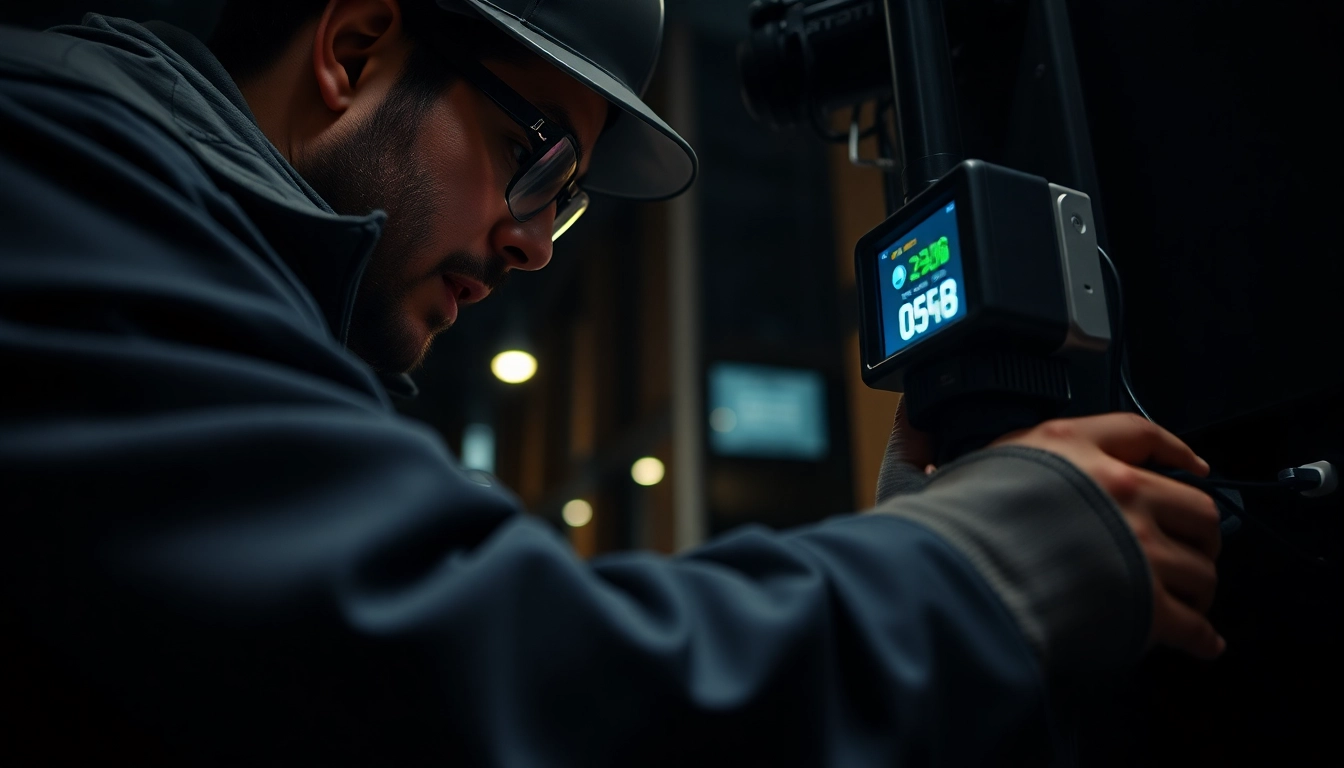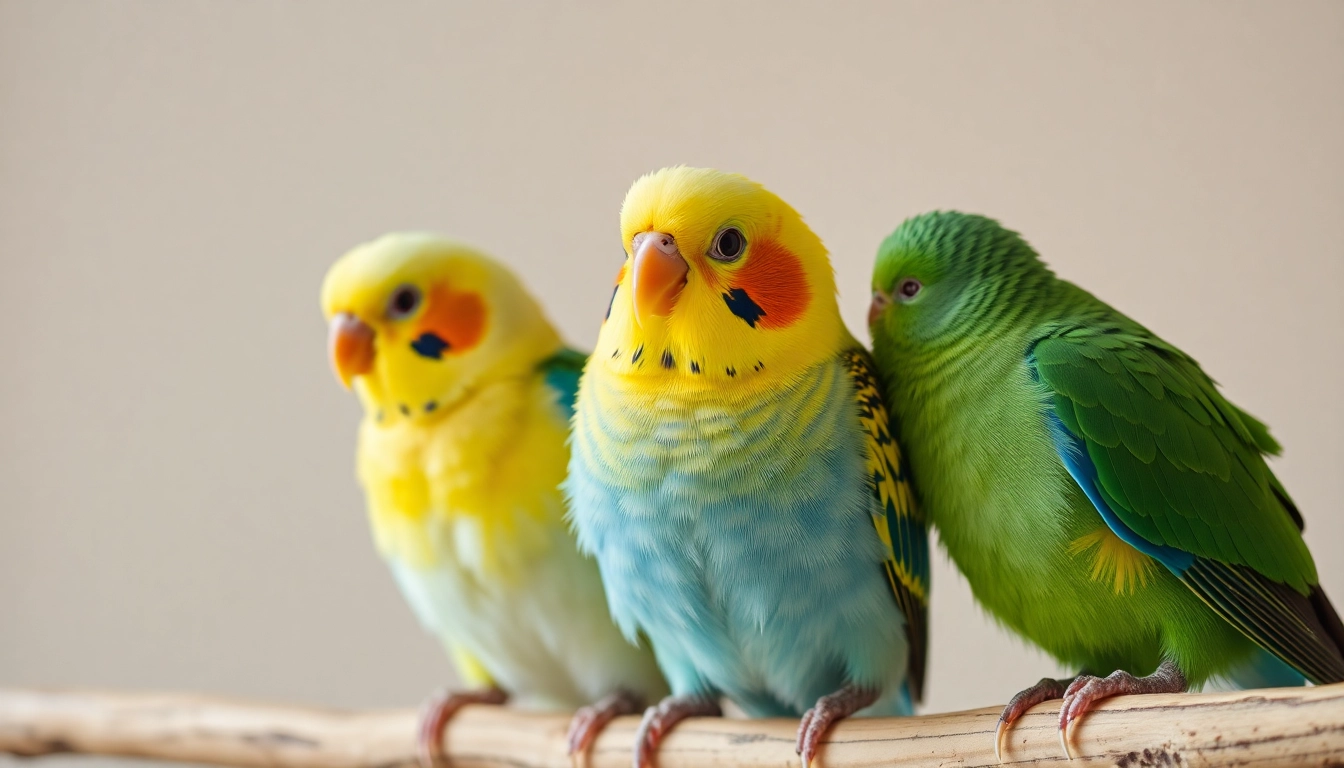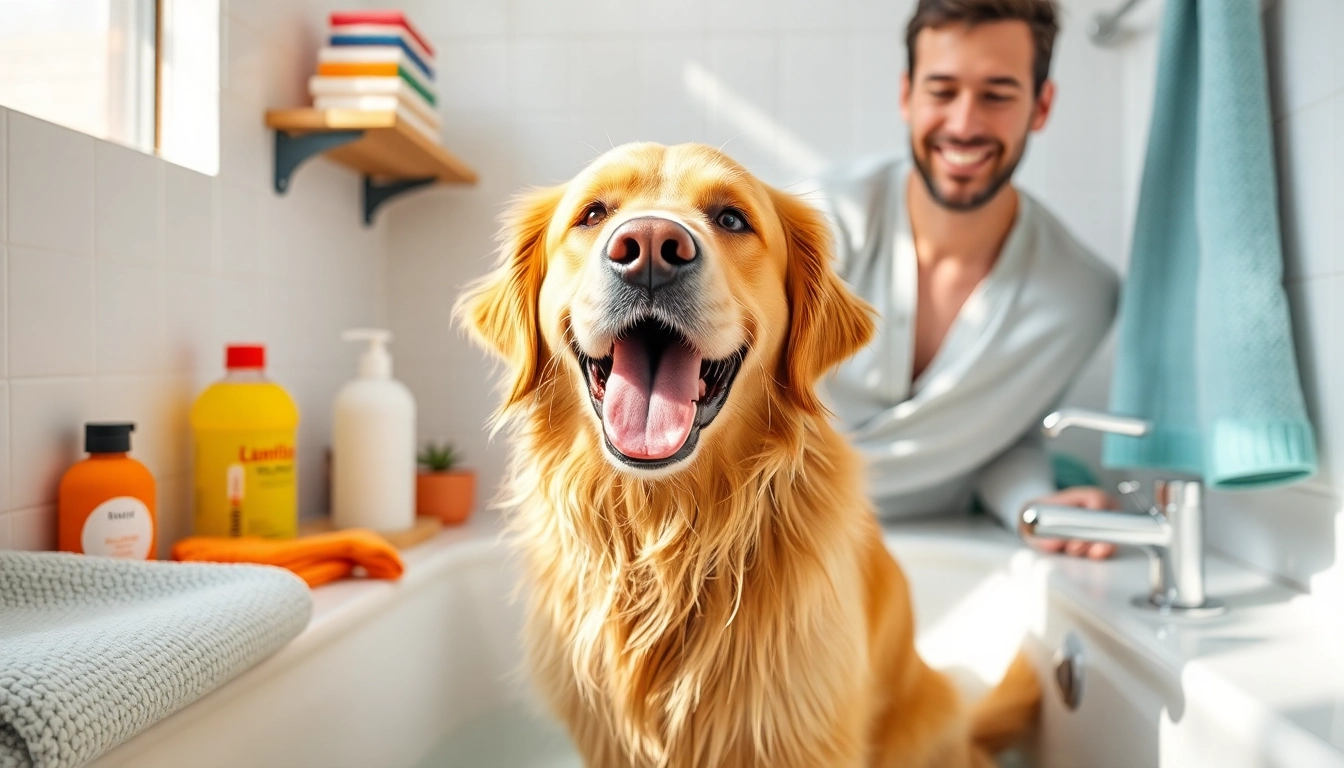Pet Sise Options and Best Practices for Packaging and Storage
Introduction to Pet Bottles and Their Uses
Pet bottles have become an integral part of modern packaging, widely used across various industries due to their convenience, lightweight nature, and hygienic properties. These plastic containers primarily serve the purpose of storing and transporting beverages such as water, soft drinks, juices, and even certain food items. Made from Polyethylene Terephthalate (PET), pet bottles are renowned for their durability and transparency, making them an ideal choice for consumer products that demand visibility and freshness.
For detailed insights into the manufacturing and types of pet bottles, visit our comprehensive guide at pet şişe. Their versatility extends beyond beverages, encompassing industries like cosmetics, pharmaceuticals, and household chemicals, highlighting the adaptability of pet bottles in global markets.
Choosing the Right Pet Bottle for Your Needs
Factors to Consider: Size, Material, and Design
Selecting the appropriate pet bottle requires careful consideration of several key factors. Size is crucial in determining usability and consumer convenience—ranging from small 250ml bottles for single servings to large 5-liter bottles for bulk storage. Material quality impacts durability and safety, with high-grade PET ensuring chemical inertness and resistance to impact. Design elements, including shape and opening mechanisms, influence ease of use, stacking, and storage efficiency.
For example, slim and ergonomic designs are preferred for portable drinking bottles, whereas more robust, heavy-duty bottles are suited for industrial applications.
Health and Safety Concerns Related to Pet Bottles
Health safety remains a primary concern when choosing pet bottles. The non-reactive nature of high-quality PET ensures that no harmful chemicals leach into beverages. However, improper handling or exposure to high temperatures can compromise the integrity of the plastic, risking chemical migration, such as Bisphenol A (BPA), though BPA is largely absent in PET plastics. It is recommended to avoid reusing single-use bottles repeatedly or exposing them to heat, to prevent possible health hazards.
Eco-friendly and Reusable Alternatives
Environmental sustainability has spurred interest in reusable and eco-friendly packaging solutions. Reusable PET bottles made from BPA-free, food-grade plastics can withstand multiple washes and uses, reducing plastic waste. Additionally, alternatives like glass bottles and stainless steel containers offer non-reactive options that are both durable and environmentally safe. Our product range includes various reusable options designed for eco-conscious consumers aiming to minimize their plastic footprint.
Manufacturing and Quality Standards
Materials Used in Pet Bottle Production
PET bottles are primarily manufactured from polyethylene terephthalate, a type of polyester characterized by its clarity, strength, and ability to withstand carbonated pressures. The quality of raw materials directly influences the bottle’s performance, resistance to cracking, and safety during use. Manufacturers often utilize food-grade, BPA-free PET resins to comply with international safety standards.
Certifications and Compliance Requirements
Ensuring product safety necessitates adherence to strict standards such as ISO 9001 for quality management, and specific food safety certifications like FDA approval or EFSA compliance, depending on the market. Certification processes involve rigorous testing for chemical leaching, impact resistance, and shelf stability. Partnering with suppliers that meet these standards guarantees high-quality, compliant pet bottles suitable for global distribution.
Impact of Quality on Product Durability and Safety
High-quality pet bottles are designed for durability, maintaining structural integrity during transportation and handling. They resist impact, prevent leaks, and safeguard contents from external contaminants. Superior manufacturing standards also minimize risks related to chemical migration, thus ensuring consumer safety and extending the shelf life of the packaged products.
Recycling and Sustainability of Pet Bottles
Geri Dönüşüm Kodları ve Pet Bottle
PET bottles are categorized under recycling code 1, indicating their recyclability and compatibility with many waste management systems. Recognizing these codes helps in proper segregation and recycling processes, crucial for environmental preservation.
Steps to Recycle Pet Bottles Responsibly
Responsible recycling involves rinsing bottles to remove residue, removing caps and labels, and depositing them into designated recycling bins. Local recycling centers process PET plastics into granules which are then remanufactured into new products, closing the sustainability loop.
Environmental Benefits of Recycling Pet Bottles
Recycling reduces landfill waste, conserves natural resources, and lowers energy consumption during production. Contributions from consumers and industries in proper recycling can significantly decrease the carbon footprint associated with single-use plastics, aligning with global sustainability goals.
Market Trends and Future Outlook
Growth of Pet Bottle in Global Packaging Markets
The global pet bottle market continues to expand, driven by increasing demand in emerging economies and the beverage industry’s shift towards lightweight, sustainable packaging. Innovations in resin technology and lightweighting techniques are reducing material usage, making pet bottles more environmentally friendly and cost-effective.
Innovations in Pet Bottle Technology
Recent advancements include the development of biodegradable PET variants, barrier-enhanced bottles that extend product freshness, and designs incorporating smart labels for tracking and tamper evidence. These innovations aim to meet consumer demands for sustainability, safety, and convenience.
Predicted Consumer Preferences for Eco-Friendly Packaging
Future consumer preferences are trending toward products with minimal environmental impact. Brands investing in recyclable, reusable, or biodegradable packaging are gaining a competitive edge. Transparency about manufacturing processes and sustainability initiatives further influences buying decisions, emphasizing the importance of eco-conscious branding.


